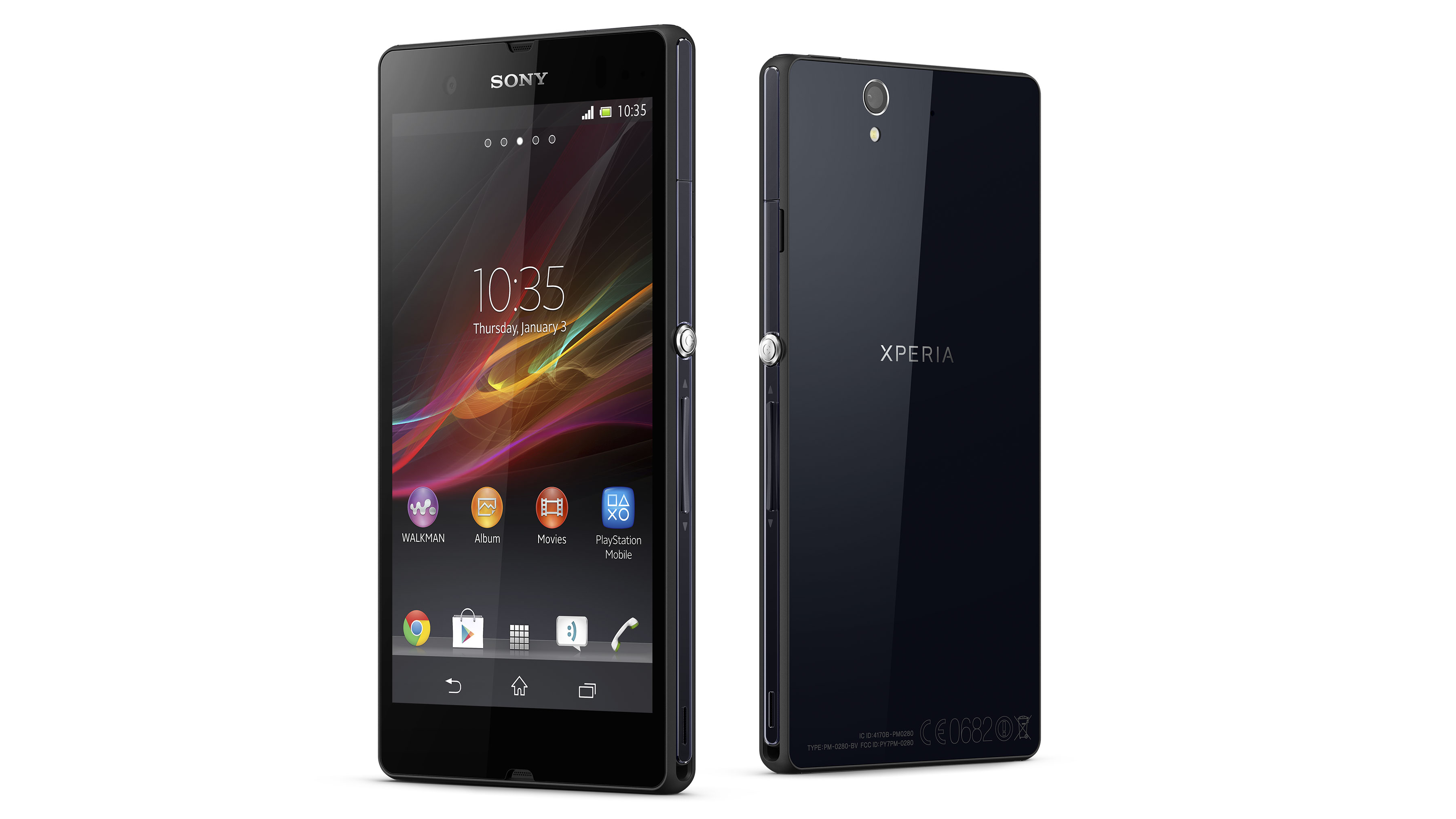What on Earth is Sony doing with its smartphones?

A few years ago, Sony Ericsson was one of the main players in the mobile phone market. Cybershot- or Walkman-branded handsets were everywhere, offering premium brands in desirable packages.
But then came the smartphone revolution and Sony Ericsson faltered. Sony knew it needed a big change to keep up with Samsung and LG, so bought out Ericsson and set about trying to claw back some ground – with an interesting strategy.
You'd have thought the brand would have played safe, but instead it decided to carpet bomb the market with flagship handsets.

The Xperia Z. The Xperia Z1. The Xperia Z2. The Xperia Z3. This many headline phones took Samsung four years to launch, and yet Sony has managed the same feat in under 24 months – and the trend doesn't look like stopping any time soon with the Xperia Z4 hotly tipped for an appearance at MWC 2015.
However, this must look really confusing to consumers, especially as many buyers only dip into the market when their contract is up for renewal – who would buy a new phone when it could be obsolete in under half a year?
We talked to Pierre Perron, Sony Mobile's President for North West Europe, to find out why the brand thinks it can topple Samsung and Apple from the top of the smartphone tree by doing something so alternative.
"It is a challenge but the return on investment - when it comes to brand positioning and visibility - you get is far more important than the internal challenge we have in moving from one product to another," said Perron.
Sign up for breaking news, reviews, opinion, top tech deals, and more.
"We always make sure that the other product, the older phone, can continue on sale in a different price segment… The rest is just an internal challenge and we can cope with that."

The innovation point is an interesting one. Ignoring the fact this must be costing Sony enormously in terms of resource and money, being able to launch new phones constantly means consumers looking for a high-end smartphone always have access to the latest innovation from the Sony labs.
If the brand had followed the same pattern as the competition, it would have had to wait until March or April next year to unveil PS4 Remote Play compatibility, by which time it would have missed the chance to tie-in with the inevitable Christmas rush to buy a new console.
But the constant changes would have had a much bigger impact if offered in a new phone every 12 months, allowing the rumour mill to spike and get consumers excited in the same way they do with a new iPhone or Galaxy handset.
What? Why?
So why miss out on that hype? Why not save time and resource and just make a new phone each year, leaving the six month cycle for the mid- to low-range phones? Why risk confusing consumers or invoking their wrath when they find their fancy handset is outdated months, or even weeks, after purchase?

Perron disagreed that this would happen, and pointed to the fact this aggressive strategy allowed Sony to keep control of its profit margins as well as being able to offer consumers a phone no matter how much they wanted to spend:
"[This strategy] helps us from a tactical point of view, to avoid too fast price erosion," he said. "If we had one single product [retailers] could say this one needs to be at a lower price point as it brings more volume. But we have older phones for that price segment.
"It's not an addition for the sake of having a product, each [phone] needs to play a role at a certain price point – this is where our market share will be built."

Gareth has been part of the consumer technology world in a career spanning three decades. He started life as a staff writer on the fledgling TechRadar, and has grew with the site (primarily as phones, tablets and wearables editor) until becoming Global Editor in Chief in 2018. Gareth has written over 4,000 articles for TechRadar, has contributed expert insight to a number of other publications, chaired panels on zeitgeist technologies, presented at the Gadget Show Live as well as representing the brand on TV and radio for multiple channels including Sky, BBC, ITV and Al-Jazeera. Passionate about fitness, he can bore anyone rigid about stress management, sleep tracking, heart rate variance as well as bemoaning something about the latest iPhone, Galaxy or OLED TV.